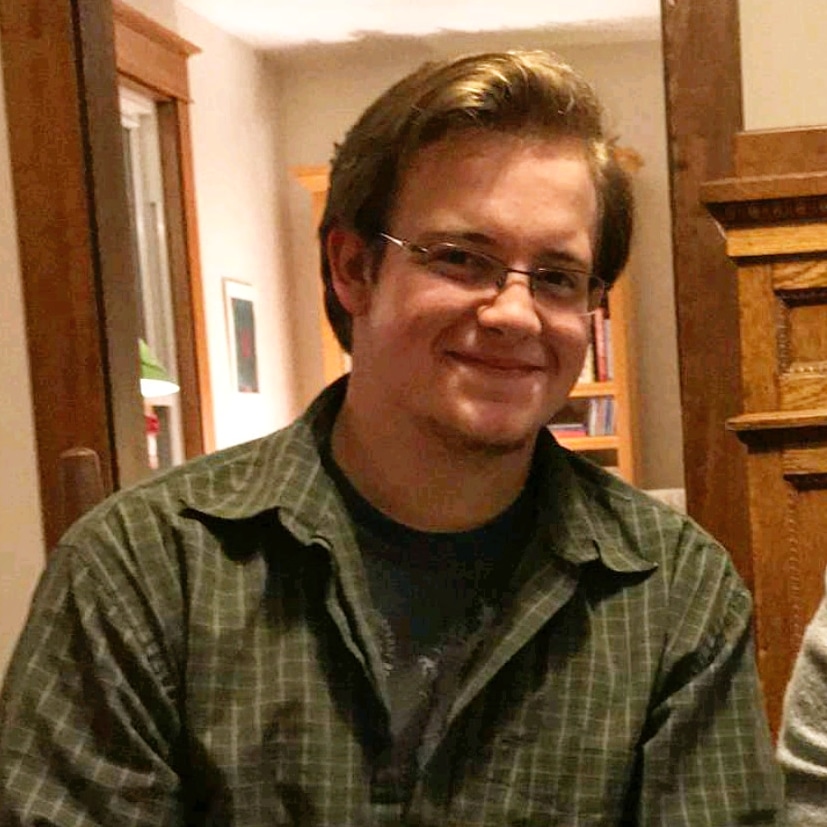Below is a summary of the abstract you submitted. Presenting author(s) is shown in bold.
If any changes need to be made, you can modify the abstract or change the authors.
You can also download a .docx version of this abstract.
If there are any problems, please email Dan at dar78@pitt.edu and he'll take care of them!
This abstract was last modified on May 2, 2018 at 9:30 p.m..

Phage therapy is coming to the forefront as a resource to combat the crisis of intractable diseases caused by antibiotic resistant bacteria. Two important genera receiving attention are Pseudomonas, Bacillus, and Staphyloccocus. We used surrogates of the pathogens, P. aeruginosa, B. cereus and S. aureus as hosts for our viral discovery classes’ phage hunting, which yielded 12, 1, and 6 phages on their respective hosts. The genomes of three bacteriophages were analyzed with a specific focus on their lysis genes. After isolating and purifying these phages from soil in Rockingham County, VA, the DNA was sequenced and analyzed using standard bioinformatics programs. Waldo5, infecting P. putida, had a genome of 41,195 bases, including a 219 base-pair direct terminal repeat, while Ray17, infecting B. amyloliquifasciens spp EMHS, had a genome of 43,733 bases and was circularly permuted. BruegS6, infecting S. scuiri spp 203, was a small podovirus with genome of 18,368 bases and defined ends with attached proteins. Holin and endolysin genes were identified in these phages, though their gene arrangements varied. In Ray17, the two genes were found next to each other, a common arrangement in phages, but in Waldo5, there were 30 genes between the holin and the endolysin. In BruegS5, the presumed endolysin and holin genes were immediately adjacent to the tail fiber and tail lysin genes. We are particularly interested in the endolysins as potential antibiotics that kill bacteria from the outside. Future work will include cloning and expressing the endolysin genes and testing for lysis on bacteria.


